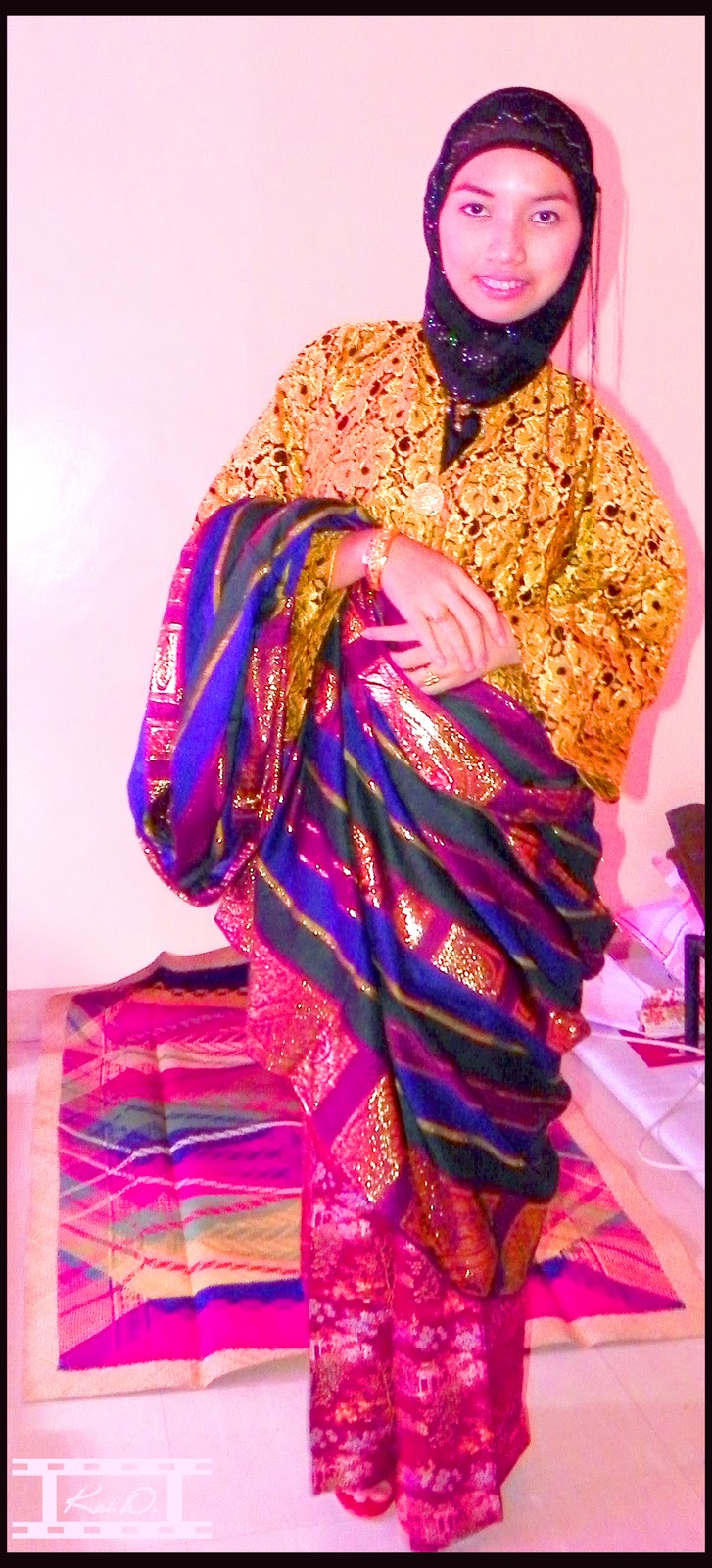Tausug Philippines for Beginners
Table of ContentsThe Ultimate Guide To Tausug PhilippinesUnknown Facts About Tausug PhilippinesNot known Factual Statements About Tausug Philippines 9 Easy Facts About Tausug Philippines Described8 Simple Techniques For Tausug PhilippinesThe Ultimate Guide To Tausug Philippines
Anne's perceptions of the Pangalay show how, in a place where numerous societies coexist, respect for tribal possession of a dancing is not inappropriate with an admiration for and also even a feeling of satisfaction in the cumulative corpus of dancings as one practice, on a nationwide degree. Dance is an activity so common in Philippine culture that, actually, it is often taken for granted.
There is no refuting that Reyes-Aquino deserved her National Artist Honor in Dance for the collection of descriptions of all the dances that show up in her six-volume job (Aquino 1953), however I preserve that further research is needed to improve this collection by updating, trimming, increasing, and correcting, where necessary, specifically when it pertains to the classification as well as categories of dancings.
There is much info therein, certainly, but efficient reorganization and also dissemination of this information needs the work of a lot more scholars. I keep in mind, nevertheless, that this process of alteration is not without its political problems amongst dance scholars and also professionals. Tausug Philippines. While researching the Pangalay in the funding and also two districts of Tawi Tawi, an island province within the Sulu archipelago, Santamaria discovered that the natives of this district differentiated the Pangalay from the Igal.
Some Known Factual Statements About Tausug Philippines
Not remarkably, responses from Amilbangsa's team to this case were hostile, charging Santamaria of negating Amilbangsa's initial study rather than viewing it as the discovery of new knowledge. As the acknowledged professional in Pangalay, it was presumed that Amilbangsa might not be wrong, likewise that Aquino's research study is believed to be indisputable.
Bajau kids finding out the Igal in Sempornah, Sabah. Picture by Hanafi Hussin. Amilbangsa's advocacy for the Pangalay is deserving in that she looks for to keep the tradition alive so that future generations will maintain executing this old-time type that was practiced before individuals who danced it were converted to Islam.
Clearly, it would be useful if she could update her research or allow others to continue the research for her. My account of troubles with the category as well as categorization of dances in the Philippines and their documentation seeks to demonstrate how the advancement of a national heritage is not without contestation, as several cultural groups battle to preserve their identity and freedom on a tribal level within the unified field that is nationhood.
Unknown Facts About Tausug Philippines
Under footer of the site, a copyright is indicated from 1999-2013, although this may mirror the size of time that the Alun Alun Dance Circle has actually functioned, as specified on the website's profile web page: http://pangalaydance. com/the-alun-alun- dance-circle. It would be secure to state that the write-up "The Pangalay Dance Style" may have been uploaded to the site as very early as January 2007, which is the oldest date of the archives of write-ups on the site, as well as written before after that.
gov.ph, it is unclear where an update of this report can be located. Summaries of the background of Philippine next dance are found in Basilio Esteban Villaruz's Sayaw: An Essay on Philippine Dancing, which was released as a brief monograph by the Cultural Facility of the Philippines (CCP) in 1989, then included in the Tuklas Sining collection (1991 ).
In some locations, the movement of such individuals has dramatically modified the ethnic composition. Such holds true of southerly Sulu, the islands comprising the district of Tawi-Tawi. This paper is a discussion of recent populace activities in the Sulu Islands, and also how these may be associated with the society background of the Sama individuals, the earliest residents of Sulu (*).
The Best Strategy To Use For Tausug Philippines

Architecture and Community Preparation. There are 3 kinds of Mranaw homes: the lawig (little home), mala-a-wali (large house), and the torogan or ancestral house of the datu. Some Mranaw residences have posts which hinge on you can find out more the spherical stones; these "floating foundations" avoid the structures from collapsing throughout quakes (Peralta, 1975: 28-31).
It stands thirty to 220 centimeters above the ground, hing on 9 to twelve bamboo or wooden posts. A fenced deck offers as the front of your home; the kitchen area, which is fifty centimeters less than the frameworks, is at the back. Tausug Philippines. The primary body houses the resting area, which increases as a living as well as workplace in the morning.
Little Known Questions About Tausug Philippines.
The widowed line flooring of your house is of split bamboo linked with rattan. Sculpted upper bodies, headboards, or insect screens divide the interior right into the resting and non- sleeping areas. Covered with a riyara woven floor covering, rice-stalk bundles offer as bed mattresses, the head as well as foot of which are outlined with pillows.
The roofing system of the mala-a-walai is constructed from thick cogon grass protected on bamboo frameworks by rattan. Scratched bamboo posts web server as the stairs, which are placed at the front as well as back of the home (Alarcon, 1991: 65-66). The finest instance of Mranaw design is the torogan, which showcases the ideal of Mranaw okir (essentially, "sculpting").
